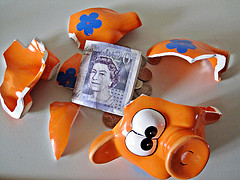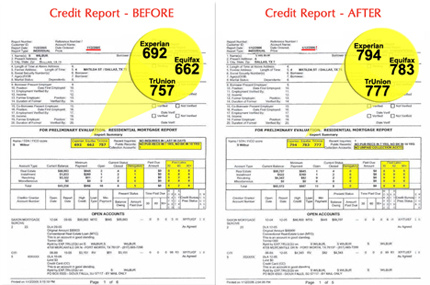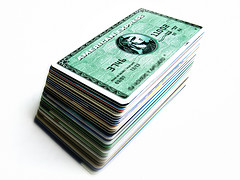Spending money comes easily to some people, and spending money on credit cards comes even easier – as this detached way of spending can often make it seem like you’re not spending at all. That is, until the monthly statement comes in and you realize that you have gotten yourself into a bit of a mess financially!
So, before you let things get that far, you should try to take the time to learn some of the rules for using your credit card. If you start out using credit correctly, you will be able to increase your credit score and depend on the convenience that credit can provide to you.
Credit Card Rules – Avoid the Pitfalls of Uncontrolled Spending
The first and most important of all credit card rules is to pay off your balance each and every month. You don’t want to leave a balance and end up paying interest on it.
Using a credit card doesn’t have to be a costly option. If you pay it off each and every month, there is no chance for interest to be charged. This means that there is no penalty for using your credit cards. It also means that you aren’t paying more for something because you put it on the plastic.
Don’t spend more than you can pay back. This is where credit becomes a slippery slope.
You can use credit to pay for something that you don’t have the money for right now. However, the goal should be to only purchase something that you would be able to pay for in a month. This is the point where many people lose control of their spending.
Whether you want to go on vacation or purchase a new piece of furniture for your home, you need to have enough money to pay for it. That means that you can put it on credit but you need to have a steady income that ensures that you will be able to pay all of the money back that you borrow.
Keep an eye on your statements, reading them carefully and don’t just throw them in the trash.
Once you get the hang of using credit cards, you may think that you can keep track of all the spending in your head. While this may be true, it is important to read every statement that you receive. You are checking for a few key points.
Double check the amount that you owe as well as the last payment received. While it doesn’t happen very often, mistakes are sometimes made and you don’t want it to be at your expense. This can add up quickly.
Keep an eye on the interest rate. If you don’t read any of the other correspondence sent to you by the credit card company, you may not realize that your interest rates are rising or that there is a minimum finance charge after a certain amount of time.
Shred all of your statements or keep them in a secure location. In the United States, identity theft is a real concern. If you don’t want that credit card number floating around, be careful with the statement and receipts.
Some credit cards offer customers a chance to use a “one time” credit card number in place of the card’s actual number in order to protect their numbers and identity.
If you keep everything locked away, you probably won’t have any problems. When you are done with any documents that have your card number on them, shred them before placing them in the trash.




